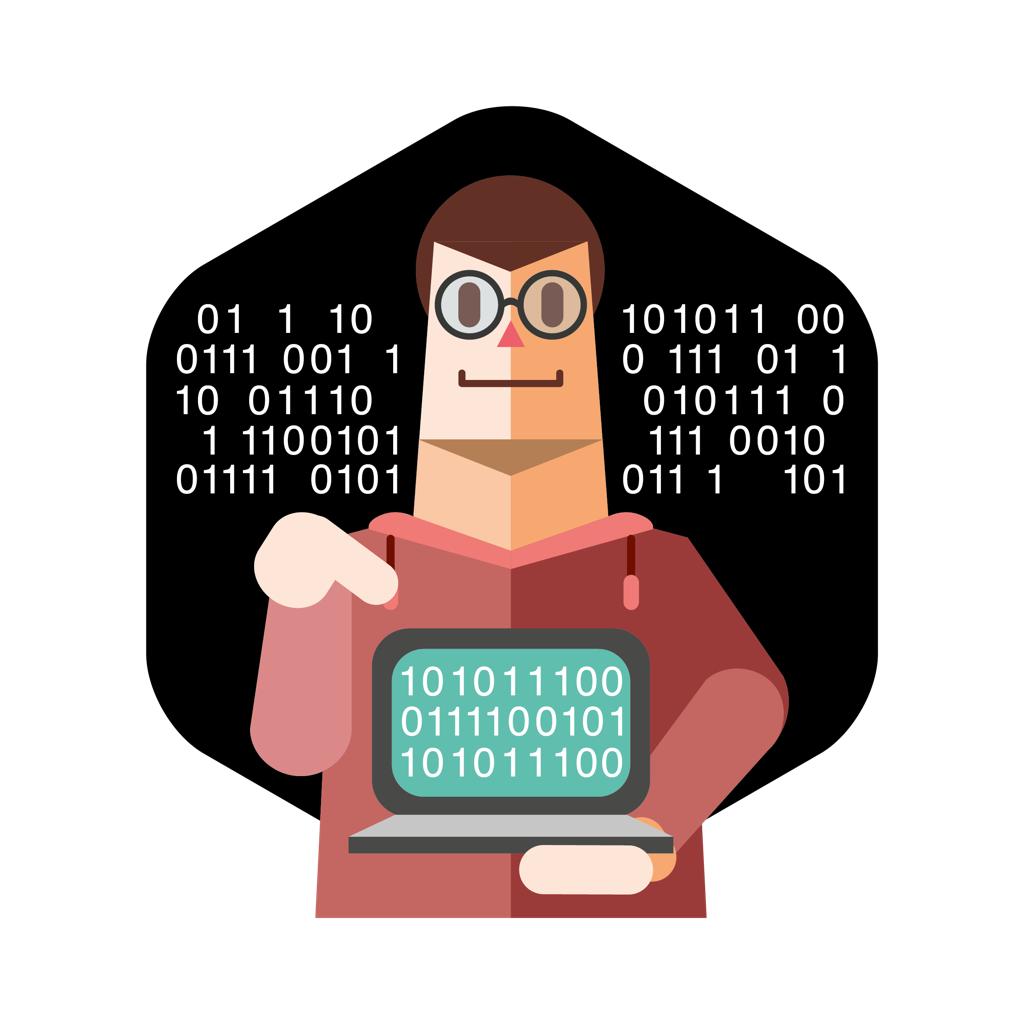Turning software ideas into online technologies needs a mixture of visual art and software implementation knowledge. For this reason, The programming team must continuously update its technical information and get familiar with the new technologies to get the desired result. To accomplish this, a group of different technology specialties should work together to achieve a single goal. They go through the software development process to get the desired results.
Nowadays, companies and brands are aware of the importance of online technologies such as web-based software, apps for customer relationship management (CRM), websites, online stores, and mobile applications. They always demand the best. The following are software development steps that some of them are usually the same in various companies.

#Step1: General Analysis
The first and most crucial step in software development is general analysis. This should be done by a senior system analyst to fully identify your needs so that the final software has exactly the performance you want. This section’s output is a technical document including system features, system architecture, required technologies, and so on. Otherwise, the success of your idea may face a severe challenge.
A senior system analyst evaluates the client’s initial idea from different aspects. The efficiency, ease of use, intelligence, scalability, other competitors, and technical implementation models are among these examining. Suppose the analyst concludes that the customer’s idea can not be implemented in the form of a satisfactory product. In that case, he/she usually quit the project to not impose more costs on the customer. Otherwise, the next steps in software development process are on the table.
#Step2: Technical document (Request for Proposal)
Experience has shown that one of the main reasons for some projects’ bankrupt is the failure to prepare a reliable technical document. The technical document specifies what products and features the customer will receive at the. The system analyst usually performs this step and officially provides the results to the customer.
In brief, A technical document is a software production roadmap that originates from the customer’s initial idea and ends with Entity Relationship Diagrams (ERDs).

#Step3: User interface design:
Most company’s designers plan user interface before starting software development. The client must see the software’s appearance and processes in advance so that the final result satisfies him/her. And most importantly, user interface design is crucial to prevent duplication in the software development process.
The more professional the technical and coding team, the more attractive the UI should be. The body of a Benz car must fit the engine!
#Step4: User experience and friendliness:
The user experience (UX) purpose is to properly perform the software for your end customer. The design of software should not be confusing in the short term so that the user can work with it efficiently. Furthermore, the application should not be tedious for a longer time of use.
Other software development processes are as follow:
#Step5: Native programming:
The native application is based on the language of the device’s operating system (for Android, Java, and iOS, Swift). These types of applications are at a high level in terms of security and performance. In contrast, hybrid applications are written in web development languages (such as HTML, CSS, and JavaScript) and open on smartphones. Native development is much more complicated and requires higher-level programmers. Also, the implementation time is longer, and more importantly, it should be programmed separately for each operating system, which increases the cost. However, in the end, you can be sure of the security and performance of the application.
Of course, companies may choose other methods for programming as a software development step, depending on the customer’s time and budget.
At this stage, programmers code the software based on the principles set out in the technical document and the designed UI.

#Step6: Web service, API, and back end:
The mobile application is like a shell. The main processes take place in the ‘backend.’ The backend is software on the server that the admin panel gets connected to. So, Your app speed and security mostly depend on this software. The application connects to its backend by an IPI or web service.
Ensure that a team of experts, separate from the application development team, design, and implement your backend and IPI correctly. Otherwise, you may run into problems when the number of your software users increases or the work scale becomes more extensive.
There is one more software development step to discuss below:
#Step7: Software support and upgrades:
Producing software is the first step to the success of your idea. After installing the software, your customers are continually asking for features that only if you add them, you can continue on the success path. Software support and upgrades are a long-term process that ensures the life of your startup.

